Estimated reading time 13 minutes, 27 seconds.
They are the mainstays of hundreds of airshows across North America, a thrilling reminder of our aviation and military history as they gracefully carve aerobatic arcs across the skies. Until recently, however, warbird owners in Canada have been a scattered flock, talking amongst themselves but rarely with a united voice.
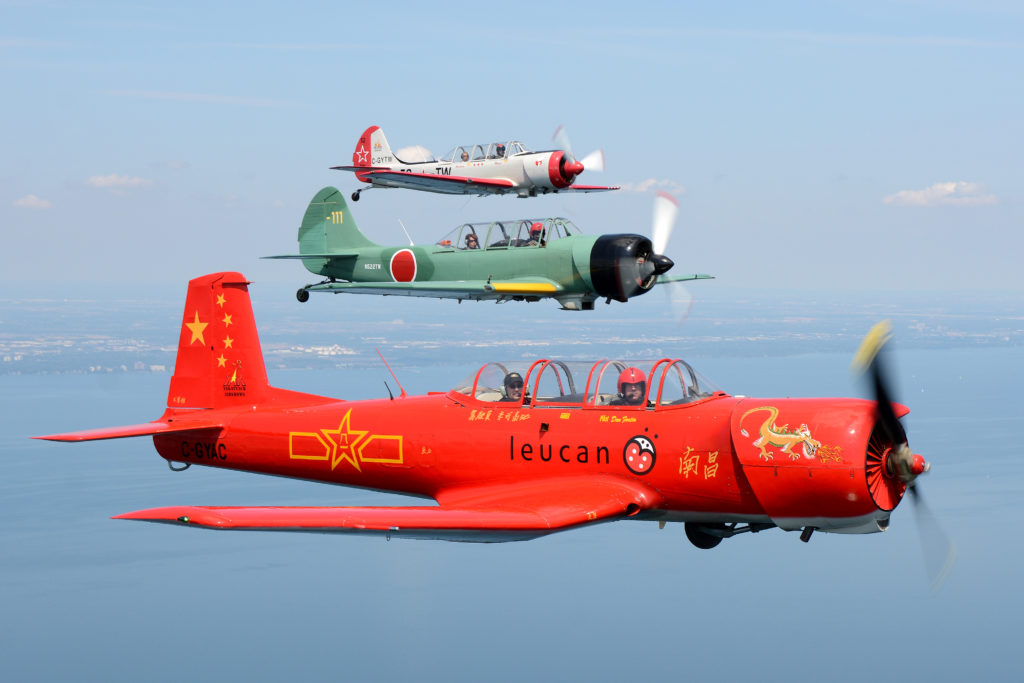
Historical military aircraft likely comprise less than one per cent of aviation in Canada, so it’s not surprising they don’t always fit into the same regulatory basket as more modern planes. The hundreds of aircraft operated by museums and private individuals, from de Havilland Tiger Moths to Fairey Fireflies and Yakovlev Yaks, have some distinct requirements for certification, inspection, insurance and recurrent training.
“It became evident to us that we would be better served if we had just one voice,” said Daniel Fortin, president of the newly formed Warbirds Canada, a not-for-profit organization created last fall in the wake of an Ottawa conference intended to improve operator networks and engage Transport Canada.
“We are in the trenches every day with these airplanes, to keep them flying and keep the history alive, and we have to do so respecting aviation regulations which are not necessarily designed for the kind of airplanes that we fly,” he told Skies in a recent interview.
Fortin, team lead of YakAttack Airshows and a former chief pilot of Northern Lights Aerobatic Team, has experience on a range of aircraft. He said the primary objective of the new association is to promote the safe operation of warbirds, starting with clarification of the regulations and how they affect different operators.
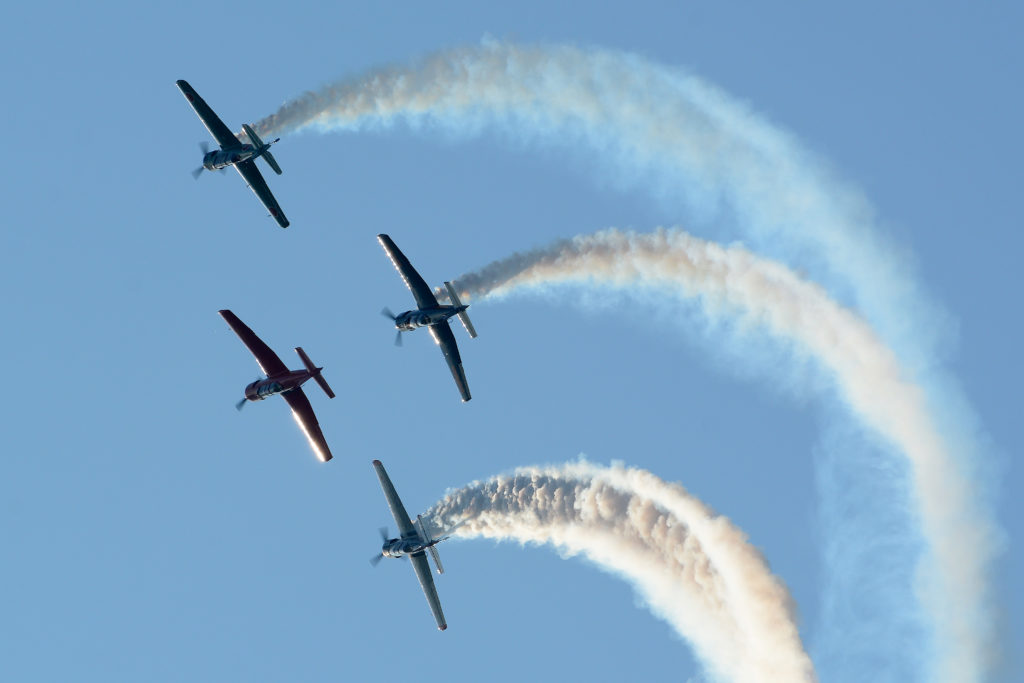
“We’ve found over the years that the regulators were having difficulty understanding our industry,” he explained. “A lot of the airplanes we fly are uncertified — everything that came out of the Eastern Bloc is uncertified — so they fly on a limited Special Certificate of Airworthiness (SCA).”
That’s certainly the case for Stefan Corriveau of North Bay, Ont., a pilot with Jazz Aviation and former flight instructor who has been flying for 26 years. Three years ago, he bought a Romanian-built Yakovlev Yak-52. He admitted that getting information about operating regulations for the Soviet-era aircraft isn’t always straightforward.
“My airplane operates under a special limited SCA, which kind of puts it in a grey area with regulation,” he said of his reasons for becoming an inaugural member of the association. “When you make a modification — install a new attitude indicator, for example — on a certified airplane, you need a supplemental type certificate (STC), whereas on a warbird that operates under the category of the Yak-52, you don’t because it doesn’t have a type certificate.”
Warbirds Canada aims to standardize practices and rules across the country that are currently different from region to region.
“We discovered that there was a big discrepancy on how things were done throughout the country,” said Fortin, a corporate pilot and a Nanchang CJ-6A operator. “We realized things weren’t necessarily happening in a uniform fashion.”
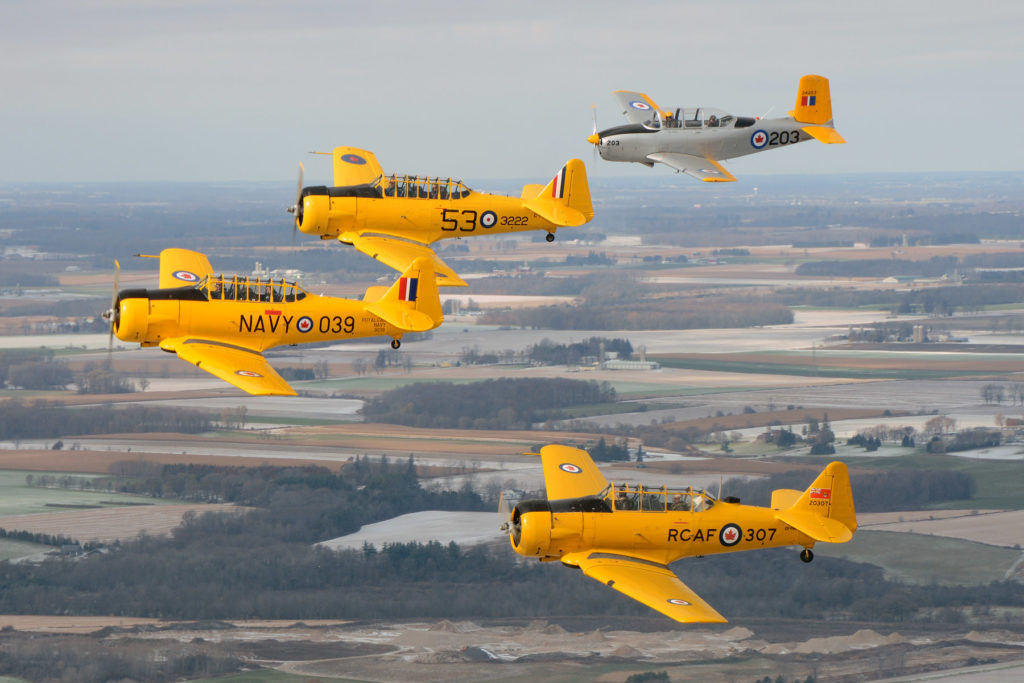
A priority for Warbirds Canada members is the Transport Canada exemption issued in 2016, NCR-021-2016, that allows an operator to advertise and sell rides in an aircraft — one of the ways many owners help pay for the upkeep on their planes.
Modelled on rules in the United States, the exemption makes it possible to offer paid flight opportunities on aircraft such as the Boeing B-29 Superfortress and B-17 Flying Fortress without requiring a commercial operating certificate. However, the first version of the exemption for Canadian-owned warbirds came with 48 conditions, some of which had ambiguities or were not consistent with how the community operates the aircraft.
The Ottawa conference, a first for Canadian warbird operators, was deliberately held in the national capital to encourage participation from the regulatory agencies on issues like that exemption. As a result of discussions with senior representatives from Transport Canada, Fortin said the regulator agreed to rewrite the exemption and the association would be consulted on the conditions and text “to make sure it makes sense to the way we operate our airplanes and the limitations and capabilities of our airplanes.”
New lines of communication with regulators and a willingness to collaborate were among the most significant early gains for Warbirds Canada, according to members who spoke with Skies.
“The sense that I got from Transport Canada is that they do understand and they do want to help us out,” said Drew Watson, who together with his brother, David, form Yellow Thunder, a formation aerobatic team based in Beaumont, Alta. “It’s a big organization and they are making changes for a small group of people … [and] I can see it being a challenge for them.”
Watson flies a Harvard Mk IIb, acquired about 12 years ago, while his brother operates a Harvard Mk IV originally owned by their father and acquired in 1982. He noted that the age of the aircraft and difficulties finding parts can mean regulations inadvertently restrict their operation. “It wasn’t meant to but it is these days, because the airplanes are aging and the laws aren’t helping us.”
Dave Hewitt, co-ordinator for the Canadian Harvard Aerobatic Team in Tillsonburg, Ont., suggested a single voice and point of contact would help Transport Canada and other regulators identify problems with rules and make changes more quickly that should ultimately reduce operator costs and improve safety.
“With these old antique airplanes, a lot of the regulations they try to apply to us either don’t apply, can’t apply and we do our best, or they just don’t make sense. If Dave Hewitt sends a letter, they have one data point. Now, with an association that represents all of us…they have the tools to say, we need to deal with it,” he said.
Hewitt noted that expertise at Transport Canada, like across many other government departments, is retiring. Collectively, the association and the department can share information about early and mid-century aircraft to ensure that knowledge isn’t lost.
Accessibility to parts and maintenance information about military aircraft was another reason many owners were keen to form Warbirds Canada. As Corriveau discovered with his Yak-52, there are only seven owners of the aircraft in Canada and he had no connection to any of them.
“I had to go outside the country to get specific information on the operations of a Yak-52. I joined the RedStar Pilots Association [in the United States] because they are a wealth of information on these types of airplanes,” he said. “It was kind of a shame there was nothing similar in Canada.”
Fortin believes that by pooling resources in Canada, the association will be able to link new aircraft type owners with a larger community of operators.
The conference also heard from a representative of the The Magnes Group on insurance issues, which can prove difficult to understand for a new owner — “I found I was paying way too [much for] insurance,” said Corriveau — and from Nav Canada on where warbirds fit within its structure.
“Most of the warbirds fall in the category of a small airplane, and only pay X amount of dollars a year for the services of Nav Canada,” said Fortin. “But certain ones fall into a different category and are imposed a pay structure that is not designed for warplanes, it is designed for airliners and corporate jets. In many instances we find ourselves painted by the wrong brush. These points were brought up to Nav Canada.”
He doesn’t expect an immediate resolution for operators, but said the conference opened lines of communication that they hope to build on. “We learned a lot from the regulators and they learned a lot from us.”
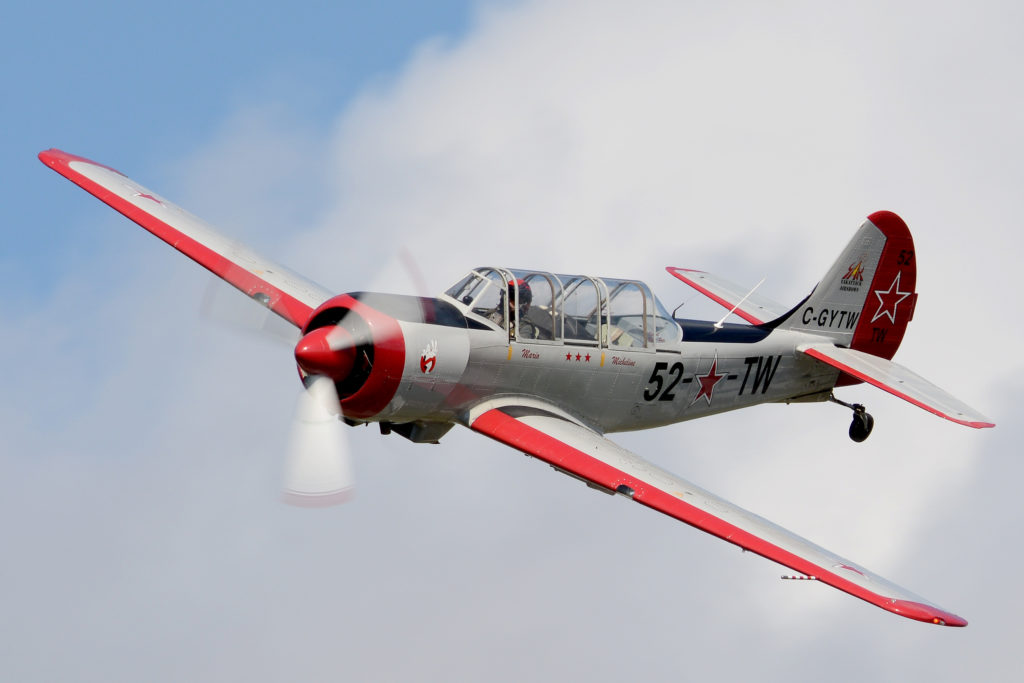
One issue at a time
With just 26 founding members, Fortin acknowledged the first priority for Warbirds Canada is a membership drive. He hopes other operators will quickly appreciate the benefits of a united voice on a range of issues affecting where and how they fly. Several warbird operators, some of whom attended the first conference, told Skies they are waiting to see how the association evolves before deciding whether to join.
Just eight months in, the association already has subcommittees on airworthiness and flight standards and anticipates plenty more issues to arise once it truly takes off.
“Our objective is to tackle one issue at a time, and tackle them in order of importance,” said Fortin. “The first order of business is the 2019 flying season, making sure we have the tools that we need. Then we’ll continue to improve the lines of communication with regulators and our next conference in fall 2019.”
Technical issues might dominate for now but, more than anything, Warbirds Canada represents a way to connect dispersed operators flying often unique aircraft.
Corriveau, who was able to link up with two other Yak-52 owners, noted the wealth of untapped operational and maintenance experience in the warbird community. One of the goals of forming the association and hosting a conference “was to introduce new warbird owners and network them … so that they can discuss operating procedures, maintenance techniques and so on, because a lot of these warbirds don’t have very well documented manuals; a lot of them are translated from other languages.”
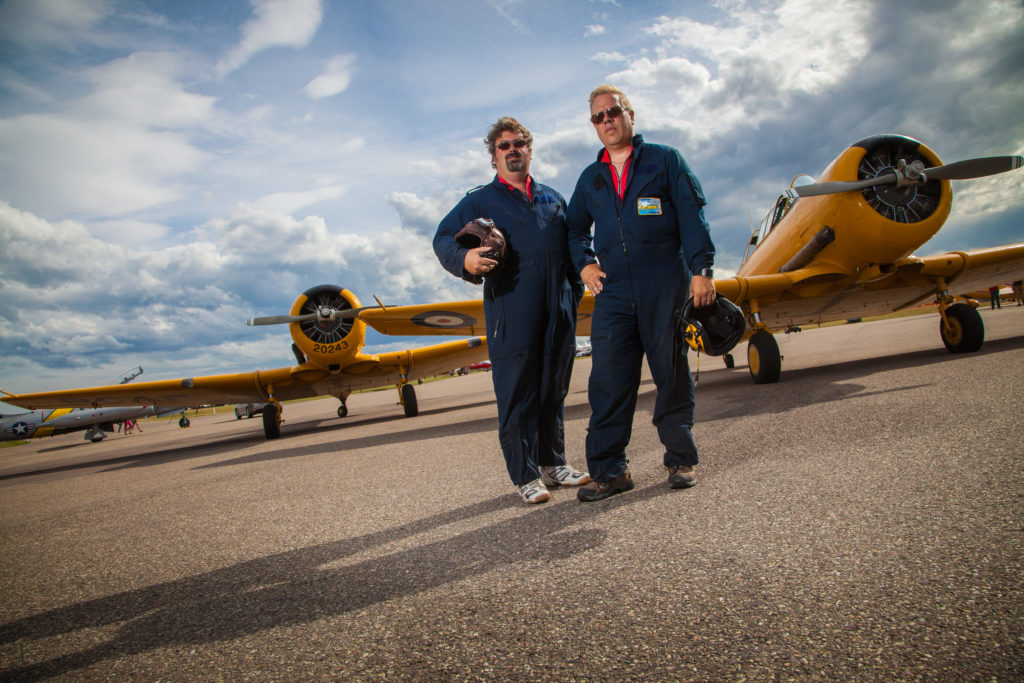
Added Watson: “For people who have the same kind of airplane that we have, although social media is a good medium to be able to communicate, it’s nice to meet face-to-face. We get better exposure to problems they are having, whether that be parts or the airframes themselves, and just exchange that information.”
Warbirds are also an “inspirational” piece of aviation history that needs to be preserved and shared, he emphasized. “I want to have a voice for [their] operation. We, my brother and I and our friends, have a lot of experience to offer about what’s happening on this side of the country.”
“We are representing the history of aviation and, more importantly, most of us are representing the history of aviation in Canada,” noted Hewitt. “That is something the government needs to … help preserve.”








